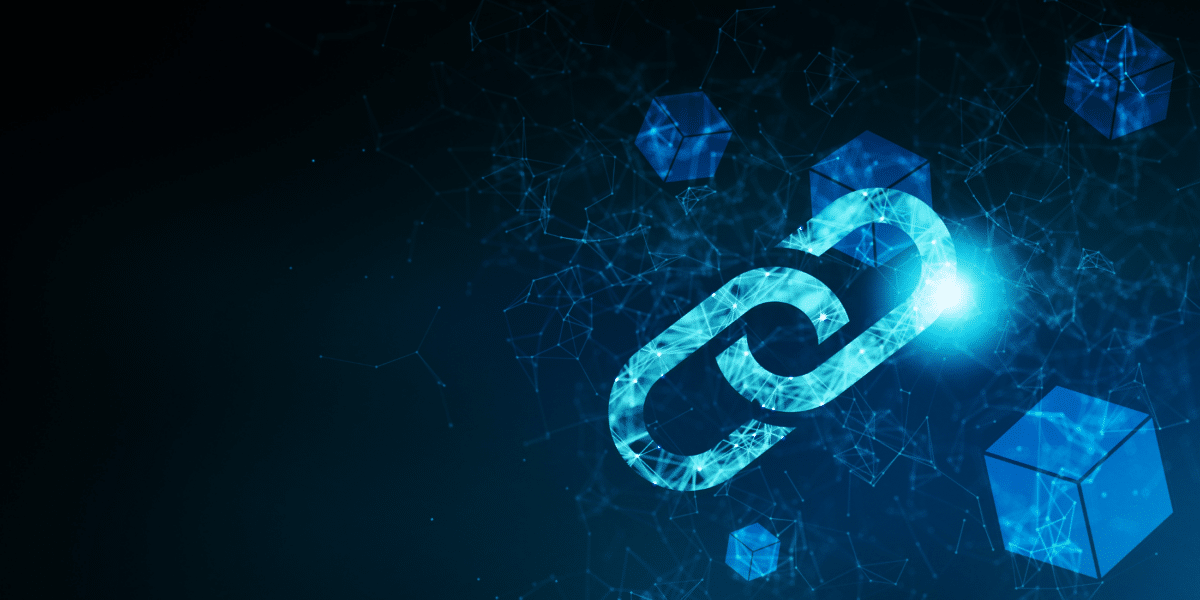
Are we ready? And if so what’s involved?

The adoption of artificial intelligence (AI) and machine learning (ML) in supply chain planning is not a passing fad. AI and ML are fundamentally changing supply chain. There are early indications the COVID-19 pandemic has accelerated adoption rate as efforts to adapt to this disruption explore ways to make better decisions faster. Is your company ready to embrace artificial intelligence and machine learning capabilities? If so, what does that really mean and how do you get there?
Artificial Intelligence is the theory and development of computer systems ability to perform tasks that normally require human intelligence such as visual perception, speech recognition, decision-making and translation between languages.
Machine Learning is the study of computer algorithms that improve automatically through experience. It is seen as a subset of artificial intelligence. Machine learning algorithms build a mathematical model based on sample data, known as “training data”, to make predictions or decisions without being explicitly programmed to do so.
The Gartner Hype Cycle shows Machine Learning on the downside of the ‘Peak of Inflated Expectations’ and entering the ‘Trough of Disillusionment’. Gartner predicts that mainstream adoption of Machine Learning is at least five years away, potentially ten. However, as stated earlier due to COVID-19, mainstream adoption might happen much quicker.
Entering “Machine Learning” and “Supply Chain Planning” into your search engine of choice delivers nearly one million results over the last year alone. This is a topic that supply chain planning people are thinking, talking and writing about. As a comparison, the supply chain planning mindshare spent on Machine Learning is nearly the same as that spent on reducing costs, improving customer service and driving new revenue. Type “Cost Savings” and “Supply Chain Planning” and you get more than 1.1 million results over the last year. One could argue that Machine Learning could contribute to meeting cost, revenue and customer service goals, but clearly the focus today on improving supply chain planning capabilities through the adoption of AI and ML is a hot topic.
There is no doubt that your C-Level executives are looking to their supply chain leaders to produce quantifiable results showing how AI can improve their business in a reasonable time frame. Unfortunately, many early efforts to gain value from AI in the supply chain have failed. Most of these efforts involved the development of home-grown capabilities through add-on and disconnected solutions taking years of trial and error to find the right combination of algorithms and data to solve a problem and add value.
A better way is to start with purpose-built AI and ML capabilities that are embedded in your supply chain system of record and proven to solve a key problem and add value. Cognitive supply chain planning & optimization solution providers like Logility actively embed purpose-built AI and ML capabilities into their platforms. These solutions are now proven, through multiple customer adoptions around world and across industries, to quickly deliver value.
A great place to start your AI and ML journey is in demand forecasting. Much of the demand forecasting process can be automated. From data acquisition and data scrubbing through outlier smoothing, algorithm selection and parameter tuning all the way to segmentation, collaboration and causal parameter selection and tuning can be automated. Exceptions can be automatically identified and addressed through adjustable limits, active alerts, and collaborative workflow. The automation of routine tasks and the augmentation of analysis and decision making through AI capabilities is a reality today and frees up demand planning analysts to focus on value-adding activities.
Another way to quickly gain value from existing AI capabilities is found in software solutions that use algorithms to continually analyze the state of your supply chain and recommend or automatically execute plans to meet customer requirements. Optimization driven by algorithmic planning is a form of machine learning that relies on a set of provided information (supply chain facilities and capacities, transportation lanes and capacities, customer service requirements, profit requirements, orders, etc.) to automatically make optimal decisions.
“Within 5-10 years, the supply chain function may be obsolete, replaced by a smoothly running, self-regulating utility that optimally manages end-to-end work-flows and requires very little human intervention.”
– Harvard Business Review – Allan Lyall, Pierre Mercier, & Stefan Gstettner – June 15, 2018
Attaining the full benefits of artificial intelligence will be an evolutionary process. We must learn to crawl, then walk, then run. The introduction of advanced capabilities based on AI into most supply chain organizations will take time, but that should not stop supply chain professionals from planning for the future or taking advantage of the purpose-built solutions available today. Implementing algorithmic planning and optimization technologies today builds the kind of expertise and experience that will ease the adoption of advanced AI capabilities in the future.
Are you considering adopting AI capabilities in the area of supply chain planning? If so, what steps are you taking to get there?



